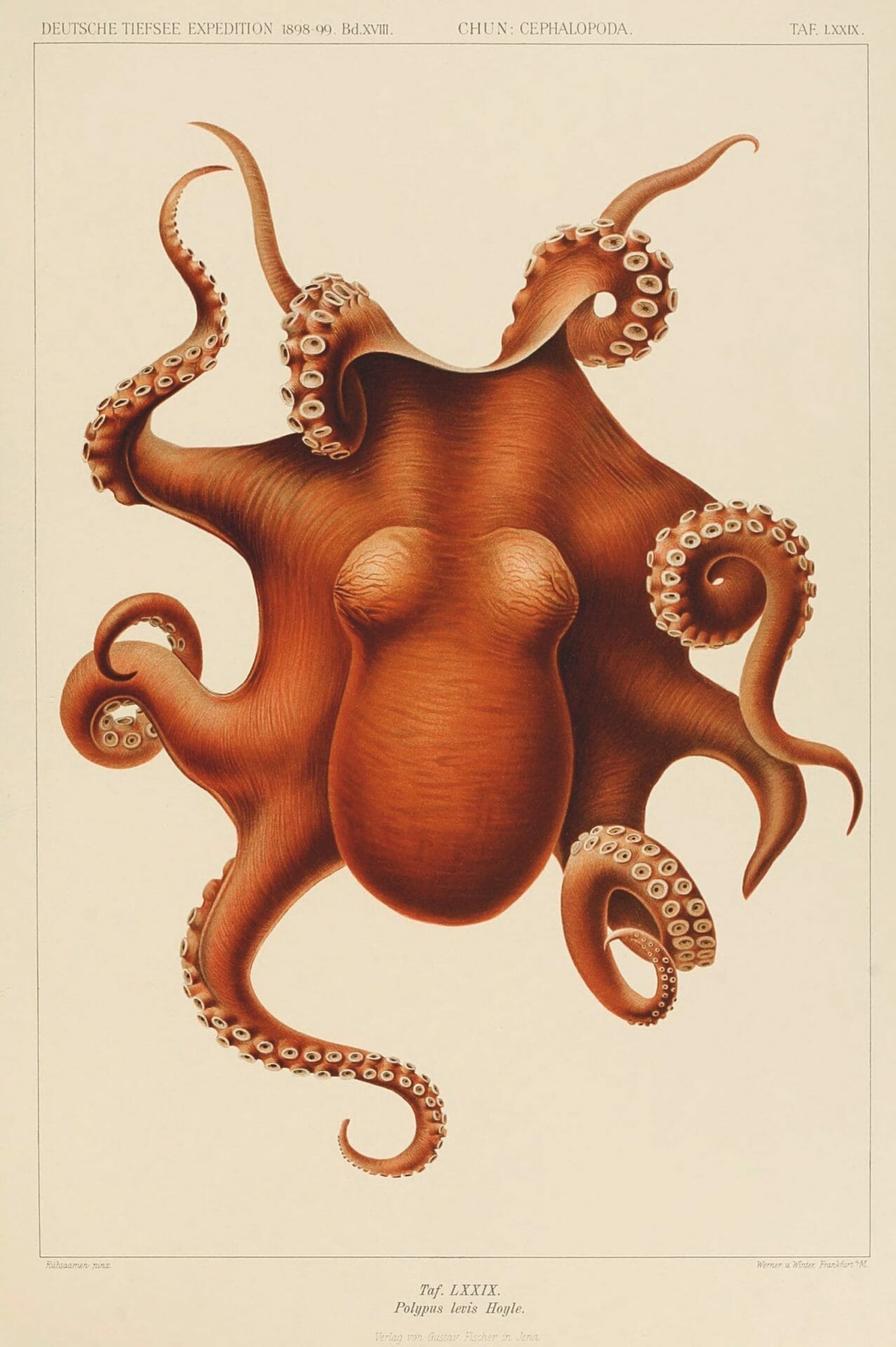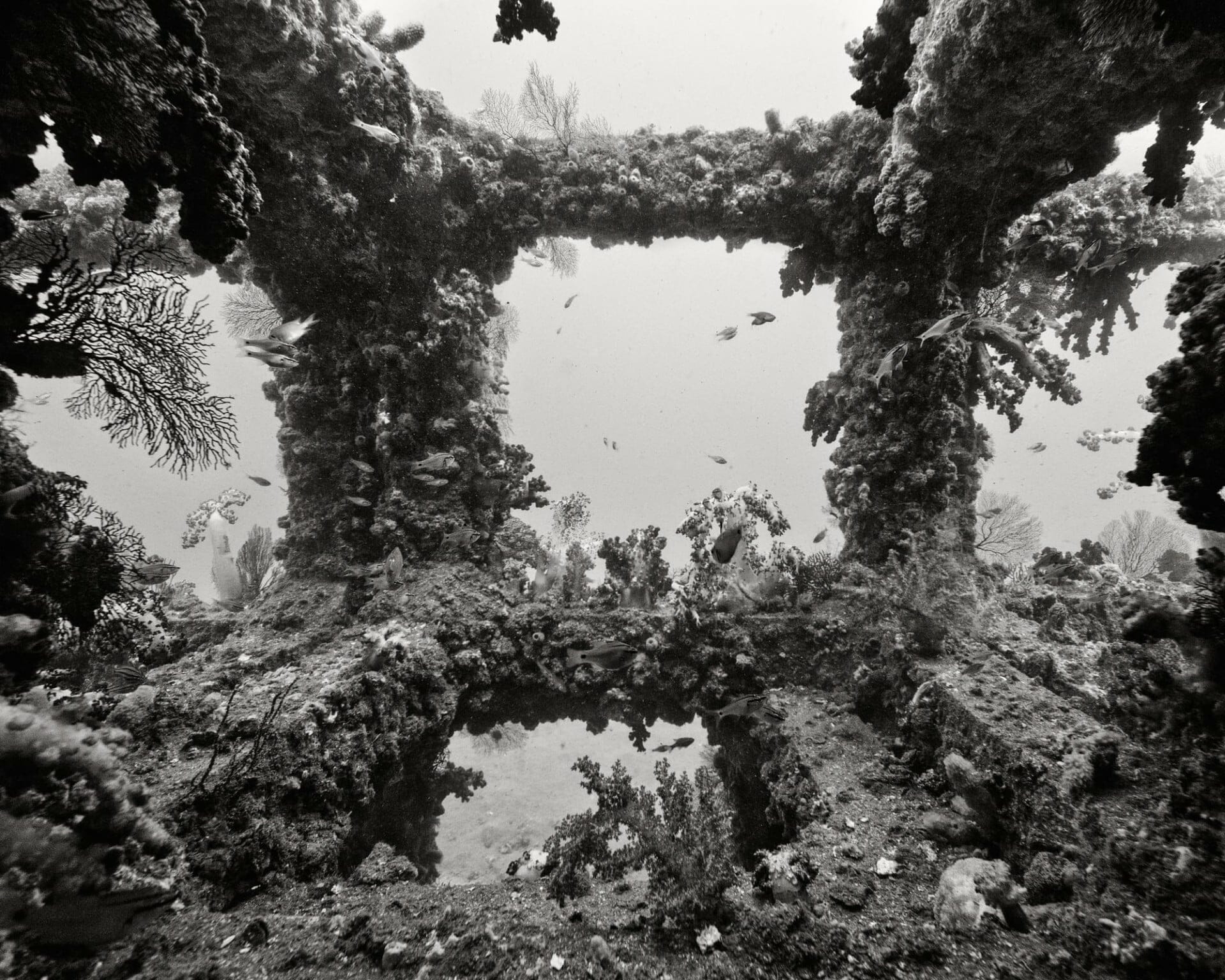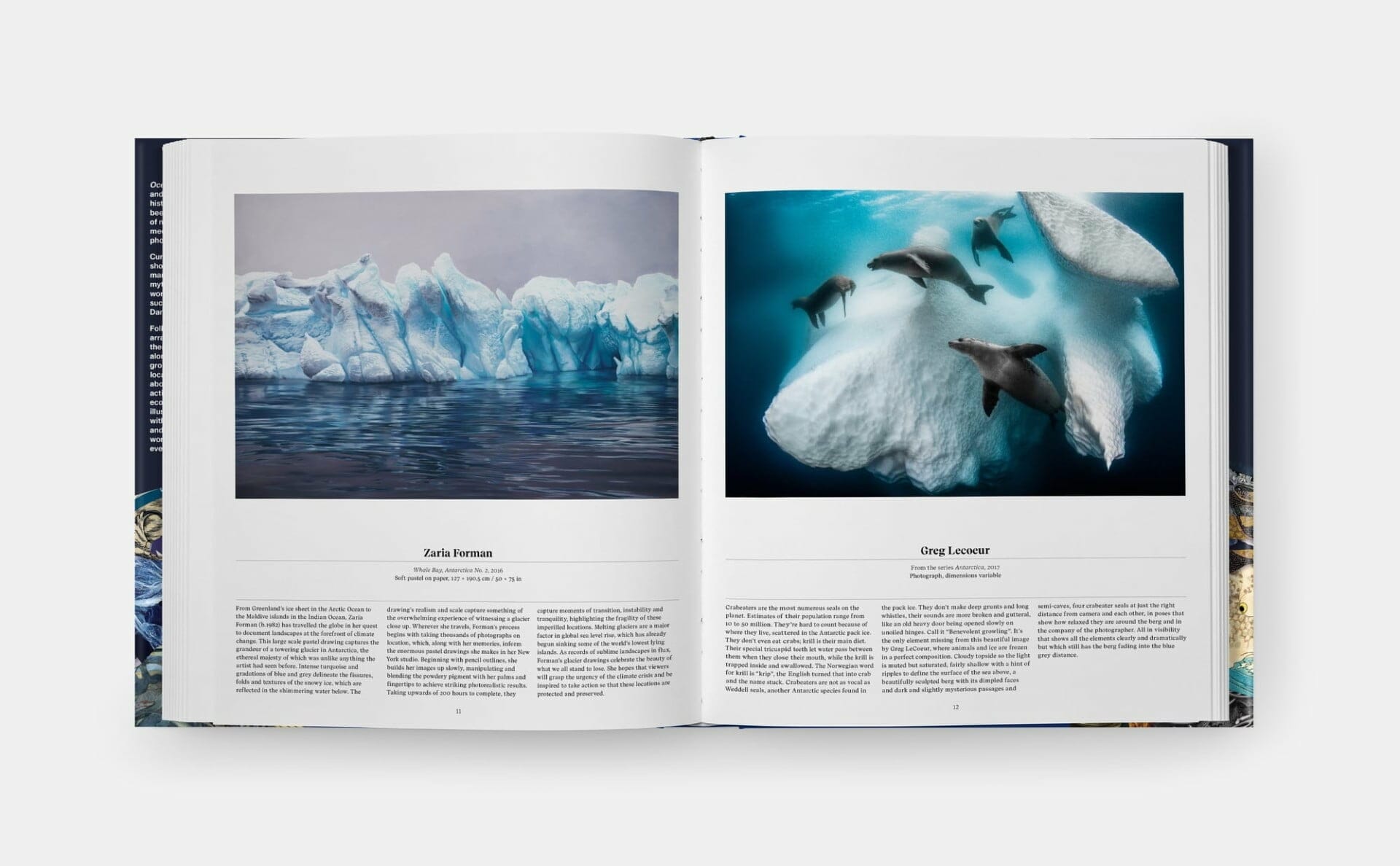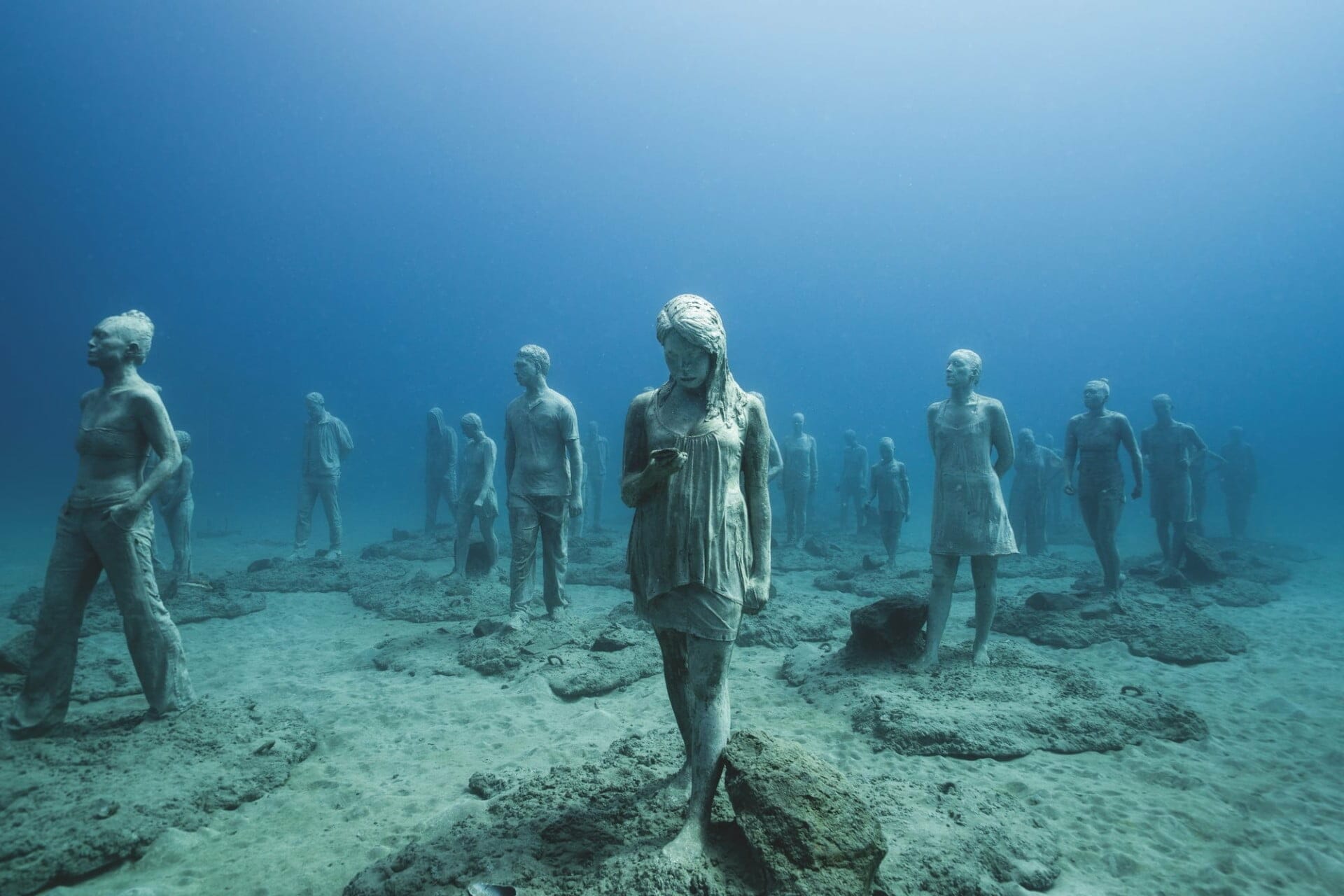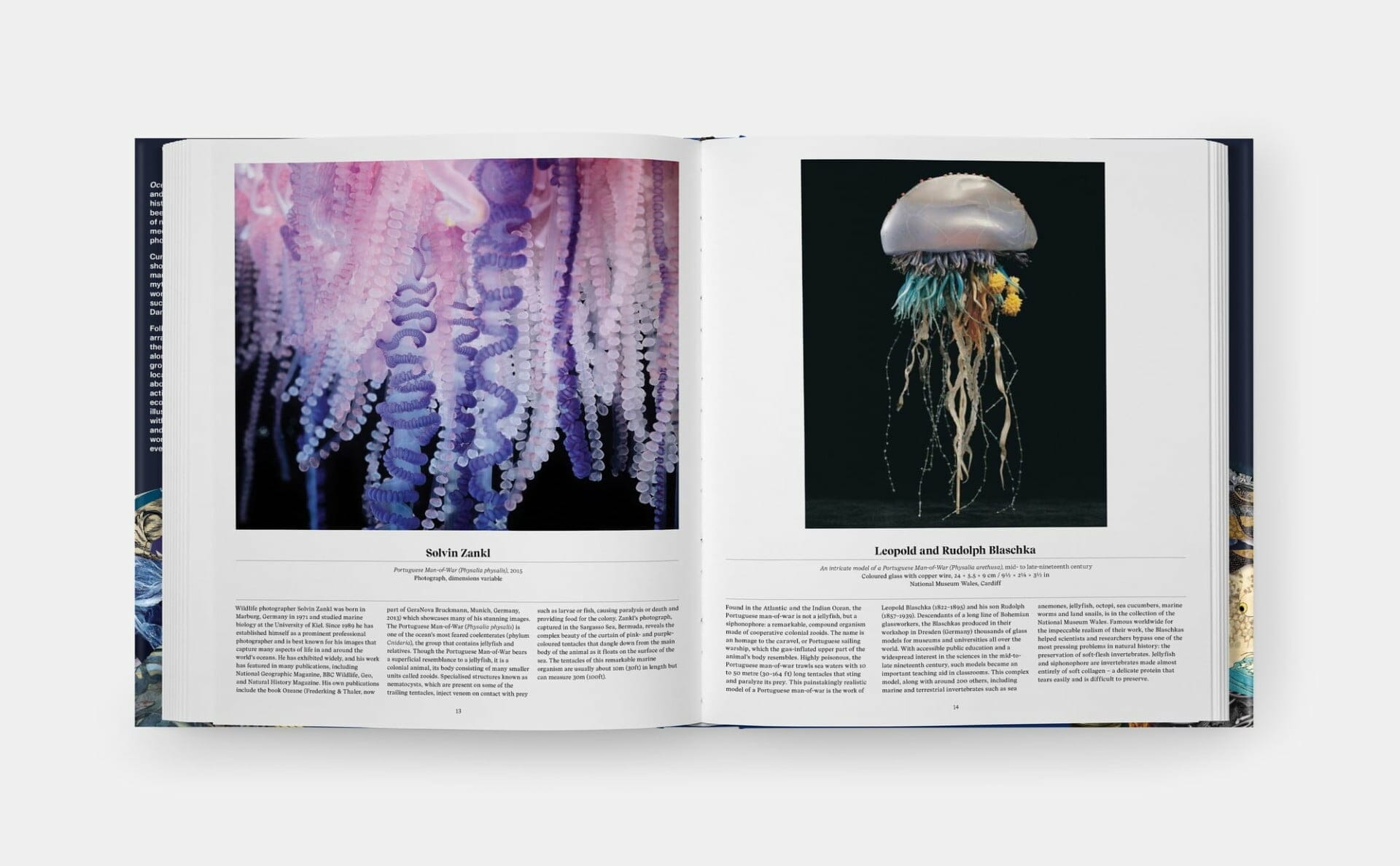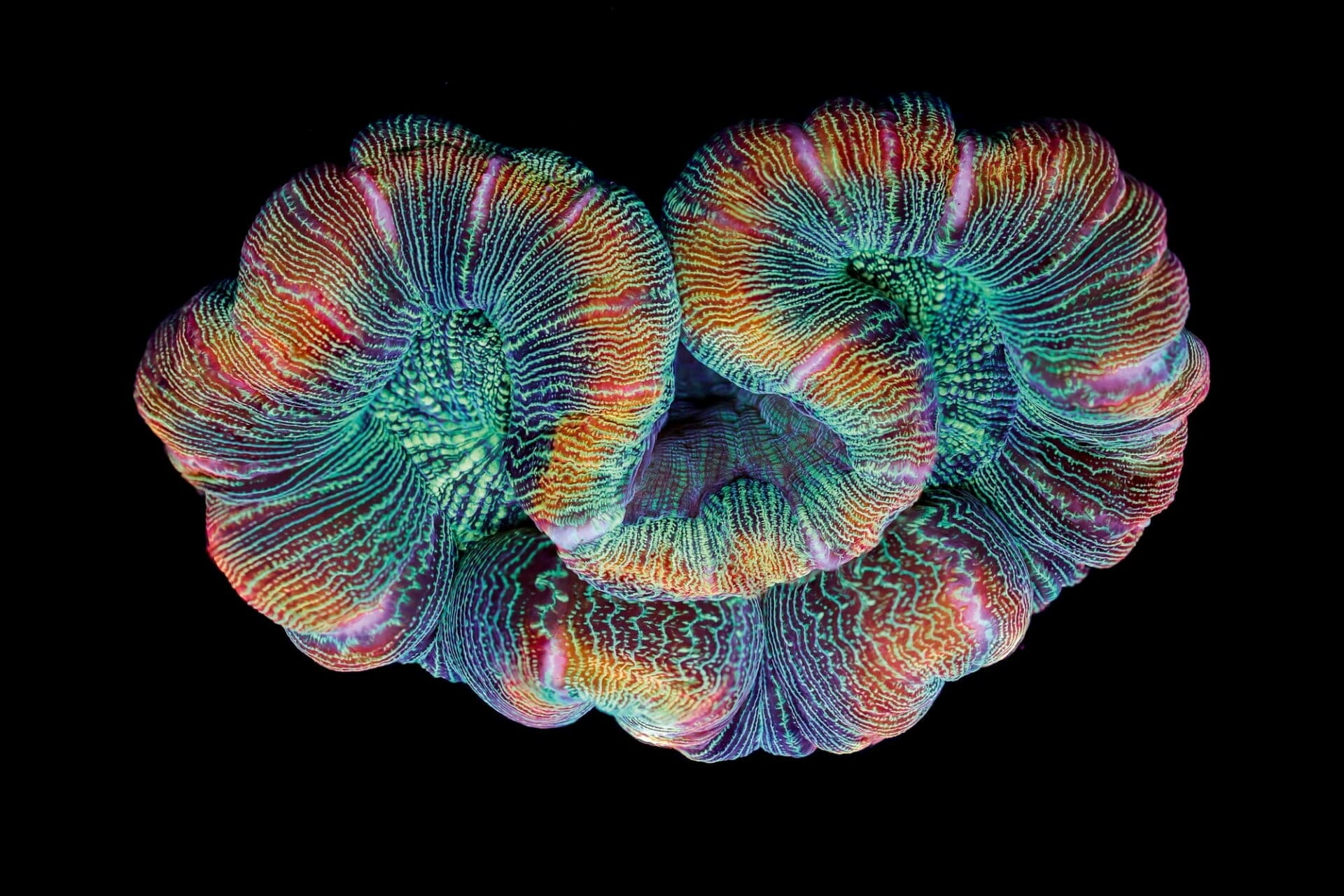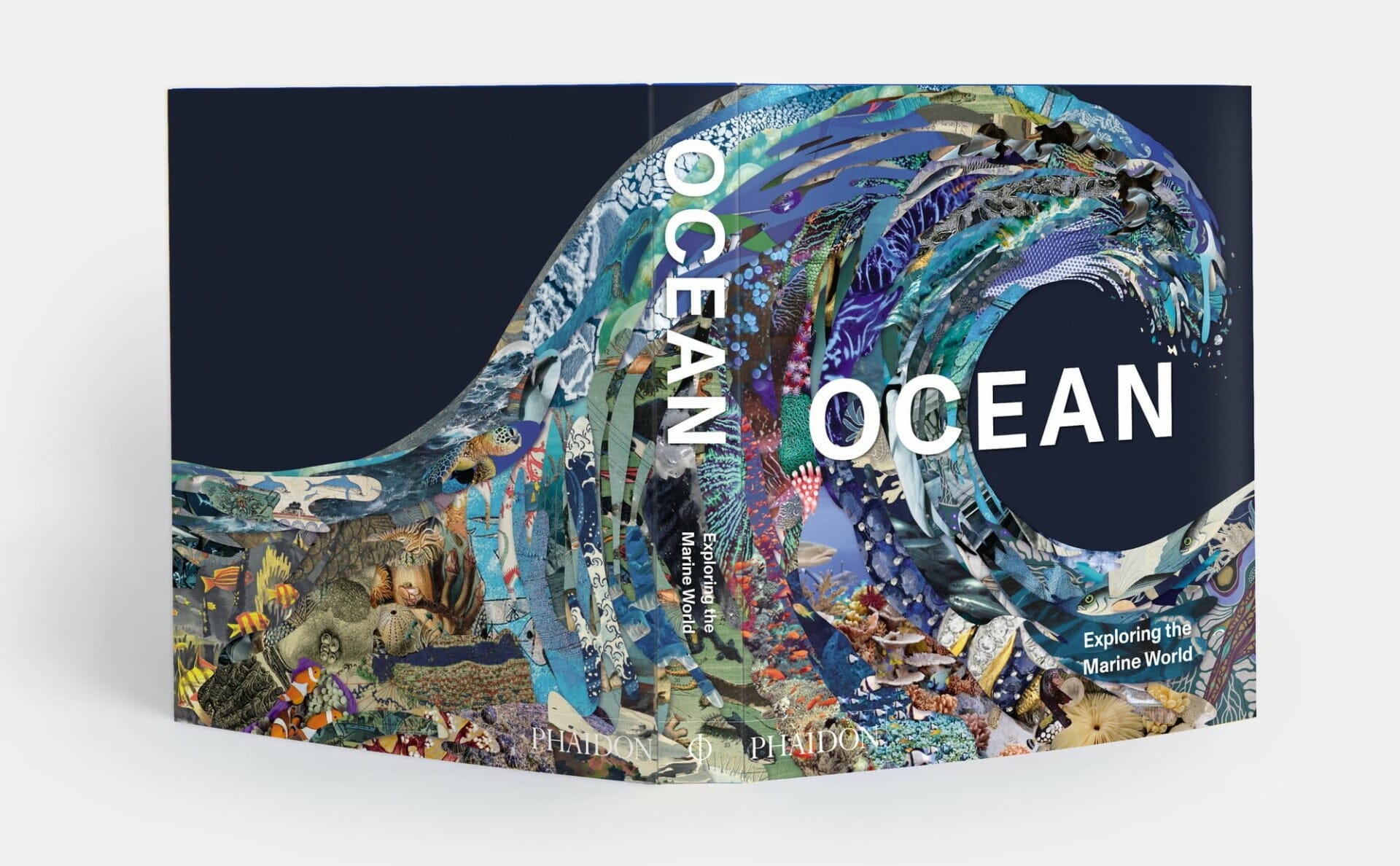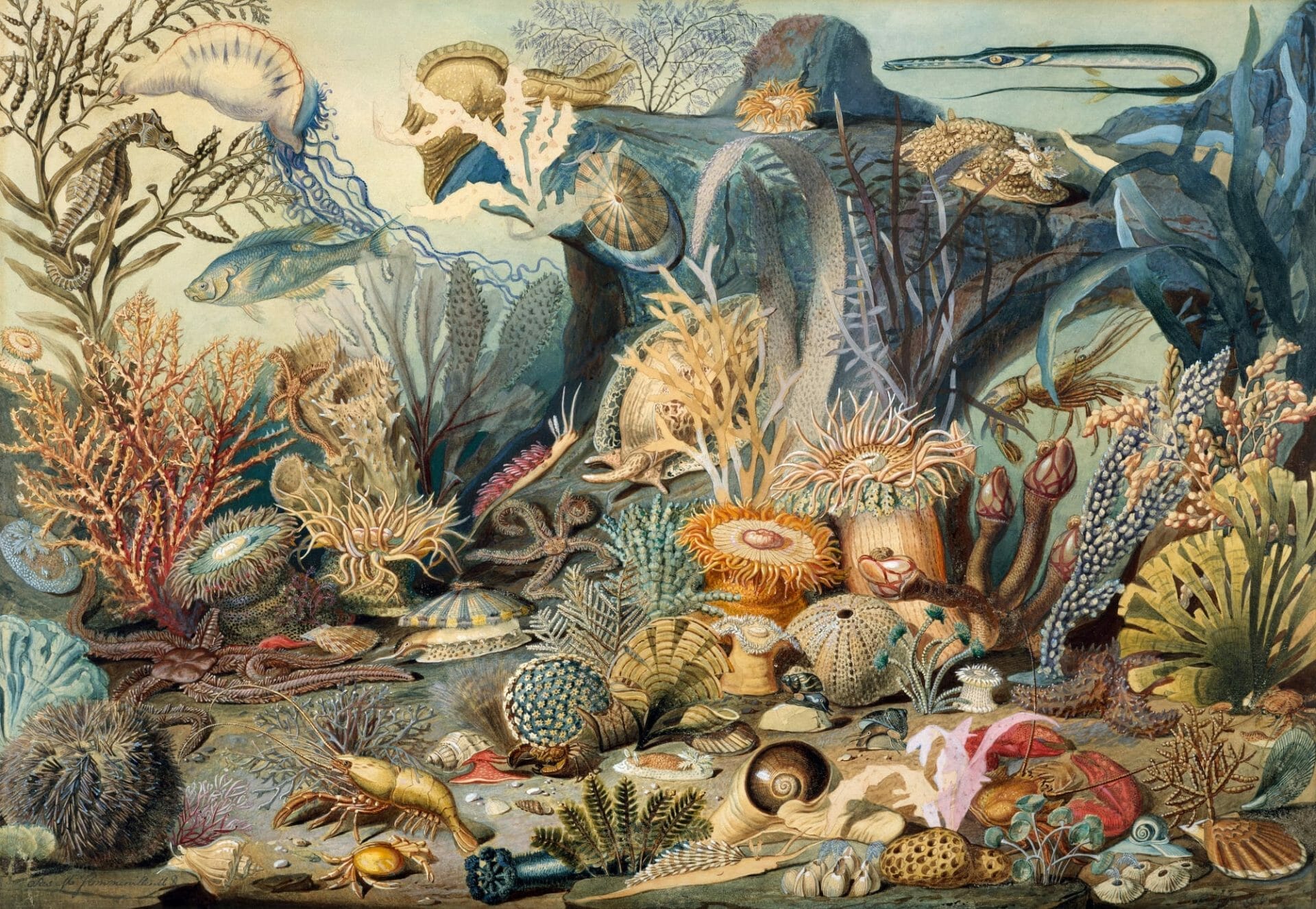
Alle afbeeldingen © Phaidon
De oceaan zit vol geheimen en unieke dieren en is daarmee een inspiratiebron voor vele kunstenaars. Met Exploring the Marine World toont uitgeverij Phaidon een selectie van de mooiste dingen die uit de oceaan komen.
Zo’n 70 procent van de Aarde bestaat uit zee. Toch heeft de mens pas 5% daarvan echt verkend. We weten natuurlijk veel van het leven en de gevaren op het oppervlak, maar wat er zich onder de waterspiegel afspeelt, is voor ons grotendeels onbekend. In dit prachtige boek toont Phaidon de diversiteit van de oceaan en kom je alles te weten over de verhouding met de mens in de afgelopen 3000 jaar.
Kunst
Het boek is 352 bladzijden dik en staat vol met prachtige foto’s van onder andere Sebastião Salgado en David Doubilet, illustraties van Ernst Haekcl en Katsushika Hokusai aangevuld met op de oceaan geïnspireerde kunst van Kerry James Marshall, Vincent van Gogh en Yayoi Kusama. Hiertussen staan teksten en essays die meer vertellen over de wonderen van de zee en de rol die klimaatverandering steeds meer speelt.
Ocean, Exploring the Marine World komt uit in oktober, maar is nu al online te reserveren.
